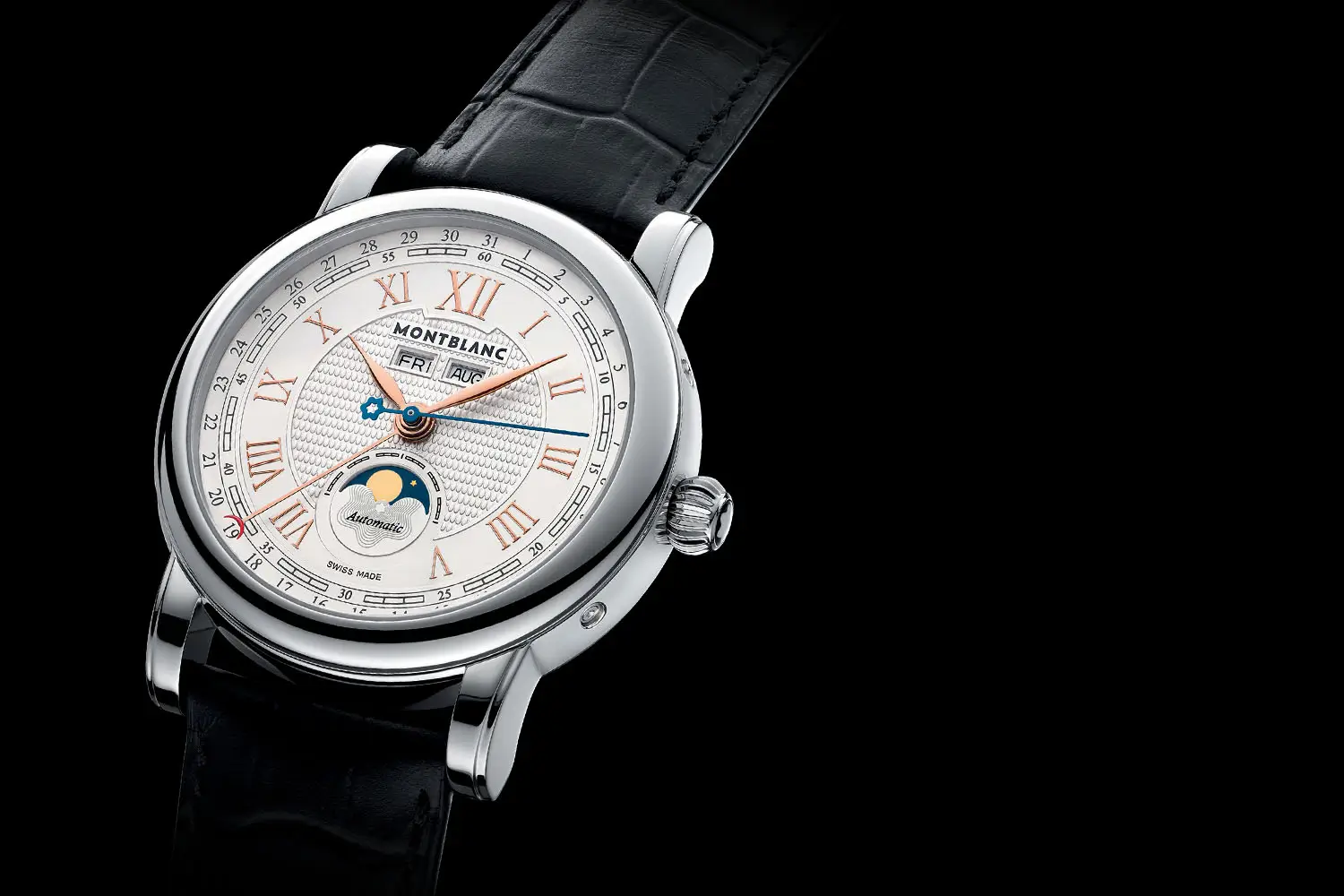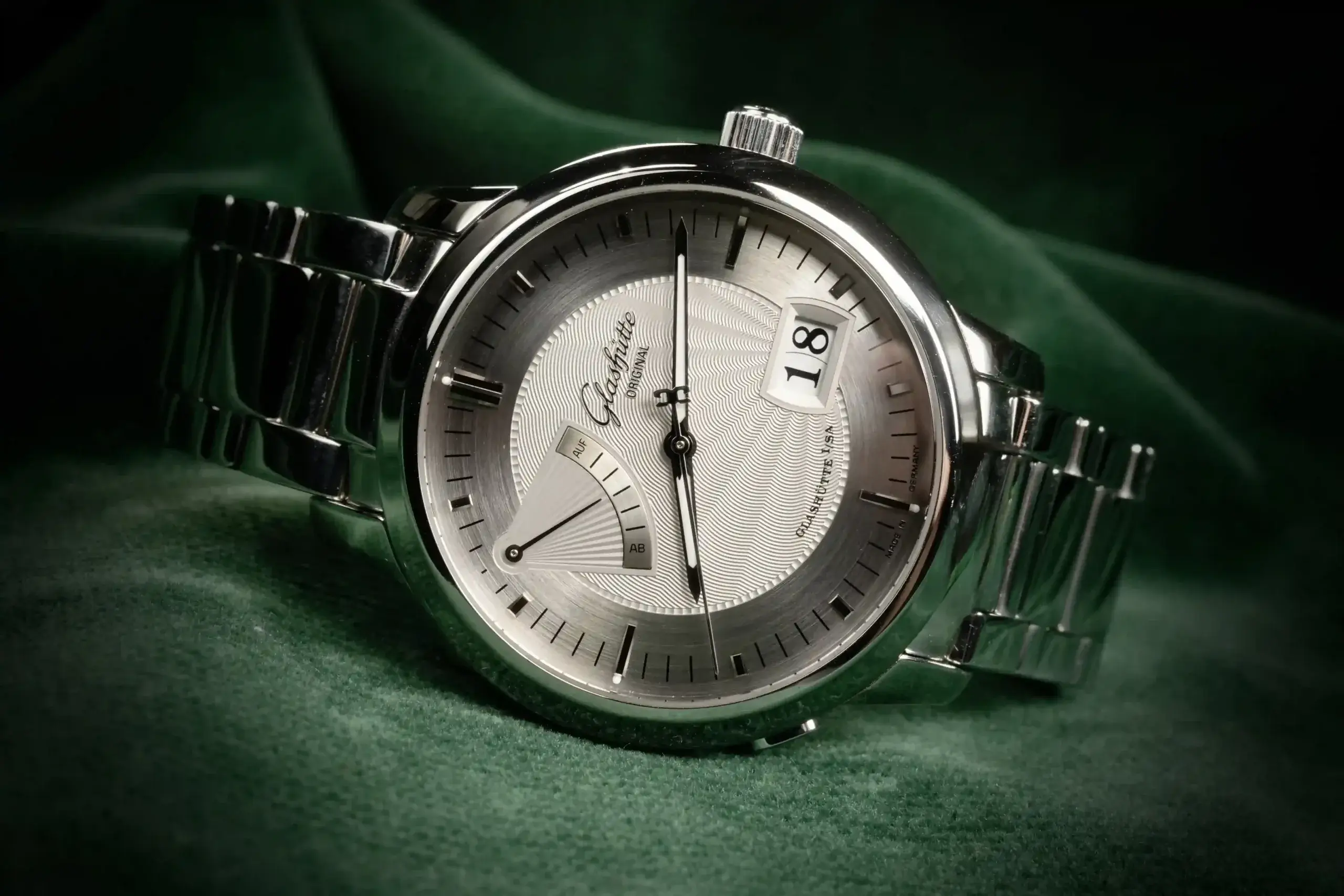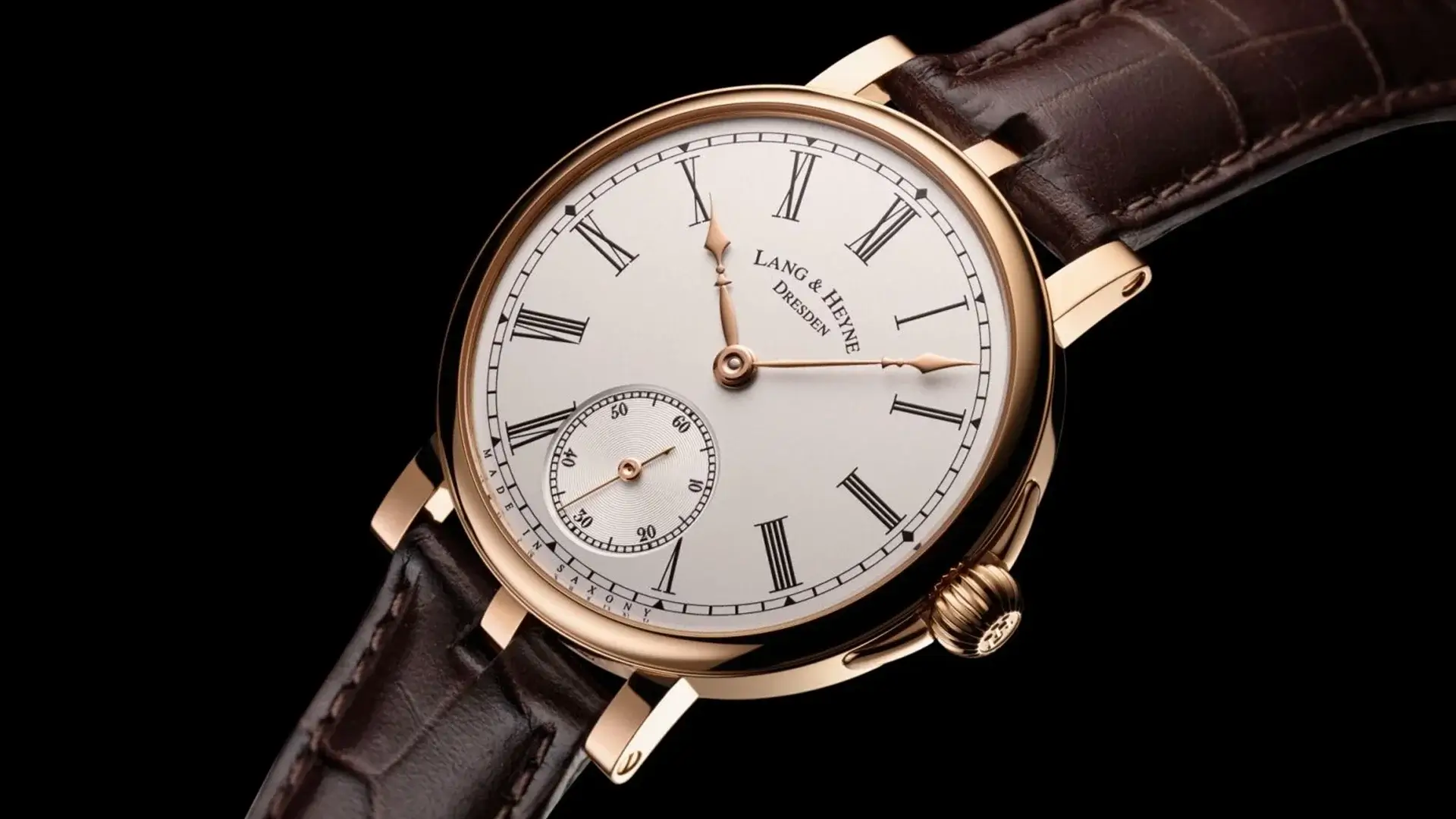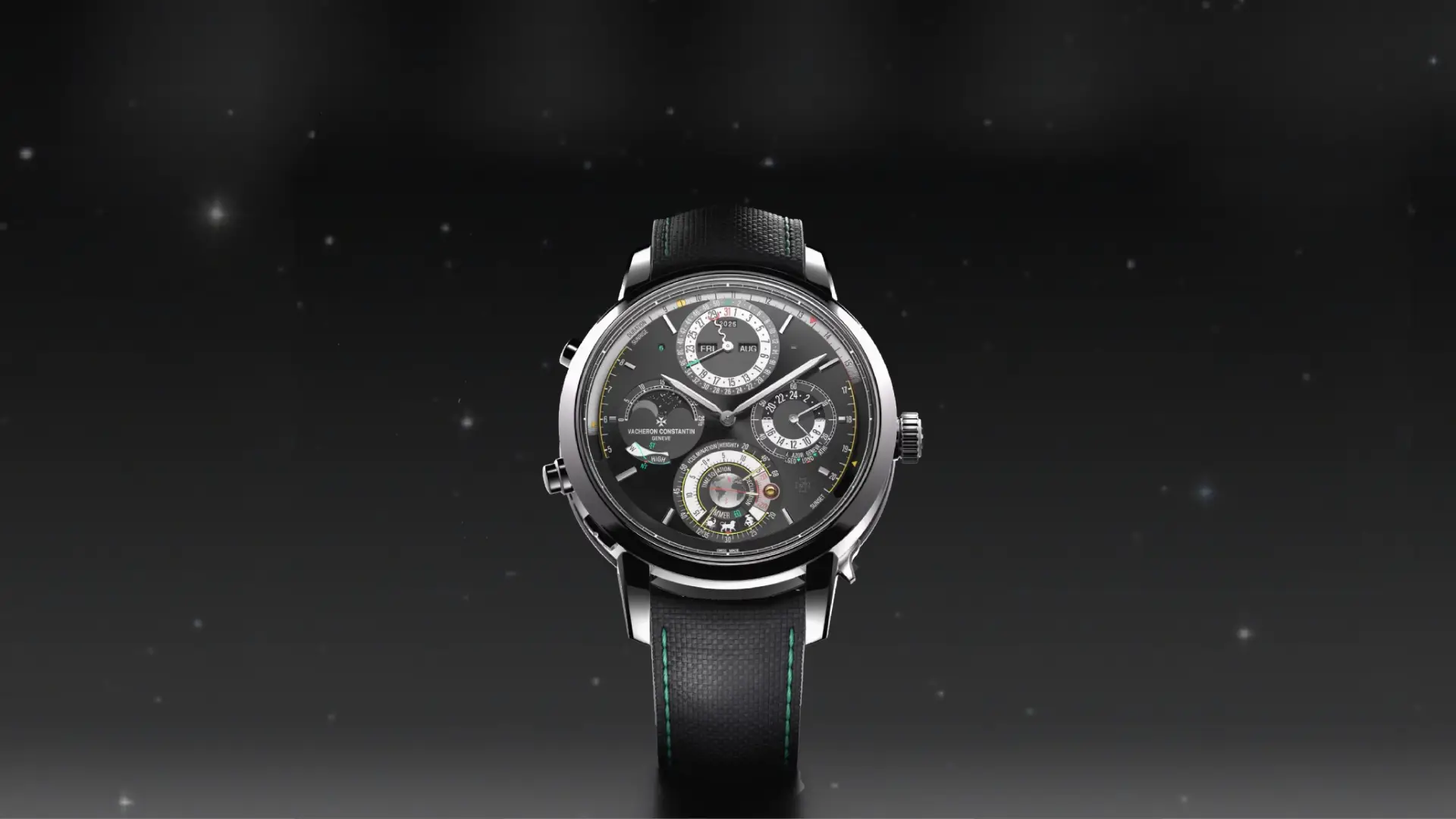Top 4 Best German Watch Brands
Watch Guides
2025-07-29Introduction
German watch brands have earned a strong reputation for precision and elegance.Although Switzerland has long dominated the luxury watch industry, Today, Germany’s watchmaking industry, with its precise craftsmanship, elegant designs, and a time-honored heritage, has nurtured multiple classic brands—including some of the world’s top 10 watch brands—that are universally acknowledged as pinnacles of horological excellence.. The phrase "best watch brands" suggests a blend of innovation, heritage, and lasting quality. Germany, especially the town of Glashütte in Saxony, perfectly reflects these values.
The Roots of German Watchmaking Excellence
German watchmaking began in the mid-1800s when Ferdinand Adolph Lange started his workshop in Glashütte, Saxony. At first, Lange repaired Swiss watch movements. Soon, he and other watchmakers began creating their own. By the late 19th century, Glashütte was famous for producing in-house calibers. This marked a turning point for German watchmaking independence.
Despite the impact of two World Wars, Glashütte’s watch tradition survived. After German reunification, watchmakers revived the industry. Today, German brands keep strict quality standards and continue making watches locally.
What Makes German Watches Unique?
German watches are known for two key features:
- Technical Excellence: Most high-end models use a three-quarter plate design, column-wheel chronographs, and strong automatic movements. These features improve reliability and make servicing easier.
- Design Philosophy: German watches favor minimalism and legibility. Their dials are clean and uncluttered, following the principle “form follows function.”
These characteristics make German watches highly respected worldwide.

How We Chose the Top 4 Brands
A true mark of quality for German watchmakers is full in-house production. Brands that make and finish their own movements ensure superior craftsmanship. Germany has also led innovation in watchmaking, introducing:
- Efficient automatic movements with long power reserves.
- Split-second chronographs for precise timing.
- Complex tourbillons to improve accuracy.
Heritage matters too. Brands like A. Lange & Söhne, founded in 1845, and Montblanc, which started watchmaking in 1997, have earned global awards and recognition.
German luxury watches also hold their value well. Limited editions from A. Lange & Söhne often appreciate, while Glashütte Original offers excellent entry-level options.
The Top 4 German Watch Brands
1. Montblanc — From Pens to Precision Watches

Montblanc began as a penmaker in 1906, known for fine craftsmanship. In 1997, it entered watchmaking by acquiring Minerva, a Swiss workshop with a rich history in mechanical chronographs.
Today, Montblanc blends Swiss movement expertise with German design. Key collections include the vintage-inspired 1858 line, the classic Star Legacy, and the minimalist Villeret series.
Montblanc’s in-house calibers, such as the MB 24.10 with a flying tourbillon and 72-hour power reserve, showcase their technical skill. The MB 25.12 column-wheel chronograph also highlights precision engineering.
2. Glashütte Original — Saxony’s Precision Leader

Founded in 1845, Glashütte Original grew from the Saxon watchmaking hub established by Ferdinand Adolph Lange. The brand survived World War II’s upheaval and reemerged after reunification. Joining the Swatch Group in 2000 helped it reach a global audience while keeping traditional roots.
Glashütte Original makes nearly all parts in-house, from dials to escapements. Its Panorama Date shows an oversized date using two discs. The famous three-quarter plate adds stability and symmetry. Hand-engraved balance cocks give each watch a unique artisanal touch.
3. A. Lange & Söhne — The Peak of German Haute Horlogerie

A. Lange & Söhne, founded in 1845, went quiet during the Cold War but returned in 1990 thanks to Walter Lange. Its first modern model, the Lange 1, broke watchmaking norms with an off-center dial and outsized date.
Other highlights include the Datograph chronograph with flyback and the Zeitwerk digital display watch. Lange watches are often compared to Patek Philippe for their finishing and innovation.
Collectors prize Lange for its engraved balance cocks and intricate complications. It stands as the gold standard in German luxury watchmaking.
4. Lang & Heyne — Dresden’s Artisanal Watchmaker

Lang & Heyne is a boutique brand from Dresden. It produces fewer than 100 watches annually, all handcrafted and finished by artisans.
Their watches feature hand-turned guilloché dials and rich enamel finishes. They also offer bespoke complications tailored to collectors’ wishes.
Lang & Heyne watches appeal to those who value rarity and personal expression. Many pieces include custom engravings and unique decorative elements. The brand represents the spirit of independent German watchmaking at its finest.
Choosing Your Perfect German Watch
Selecting the right German watch depends on your budget and preferences. Montblanc offers accessible models from around $3,000 to $25,000, ideal for new collectors.
Glashütte Original targets mid-level buyers with prices between $5,000 and $20,000. It balances craftsmanship and value.
A. Lange & Söhne serves serious collectors with watches priced from $20,000 up to $100,000 or more. These feature complex movements and elegant designs.
Lang & Heyne stands at the exclusive end, with handmade watches from $50,000 to $200,000. These are perfect for connoisseurs seeking unique artisanal pieces.
Movement complexity varies across brands. Montblanc offers reliable automatic calibers. Glashütte Original adds chronographs. Lange produces tourbillons that highlight elite watchmaking.
Also, consider case materials and durability. Stainless steel suits everyday wear, while precious metals offer prestige. Water resistance ranges from 30 to 300 meters. Most luxury German watches use sapphire crystals for scratch protection.
Conclusion
In summary, Germany’s top watch brands combine tradition, precision, and craftsmanship to offer exceptional timepieces. From Montblanc to Lang & Heyne, each brand brings unique strengths that cater to different tastes and levels of collectors. Investing in a German watch means choosing quality, heritage, and lasting value in luxury timekeeping.
FAQ
1.Which German watch brand is best?
It depends on your priorities. A. Lange & Söhne excels in haute horlogerie, Glashütte Original balances precision and value, Montblanc offers accessible luxury, and Lang & Heyne delivers ultra‑exclusive artisanal pieces.
2.What distinguishes German watchmaking from Swiss?
German watches feature three‑quarter plates, minimalist “form follows function” design, and hand‑finishing that emphasizes symmetry over ornamentation.
3.Are German watches worth the investment?
Yes. High‑end models often retain or increase in value, especially limited editions and watches with iconic complications.
4.How should I maintain a German mechanical watch?
Service every 3–5 years at an authorized center, avoid strong shocks and magnets, and clean the case and strap regularly.



